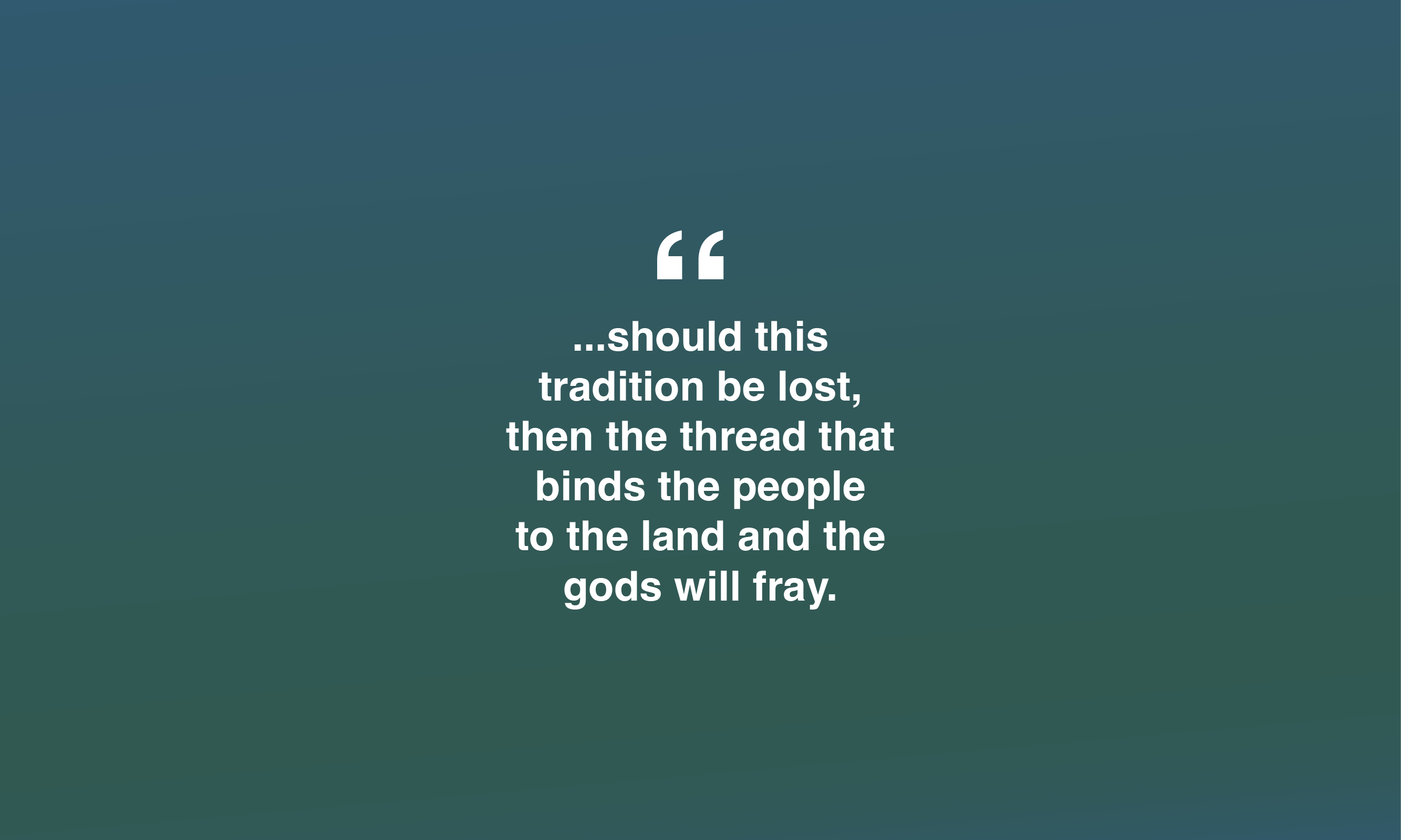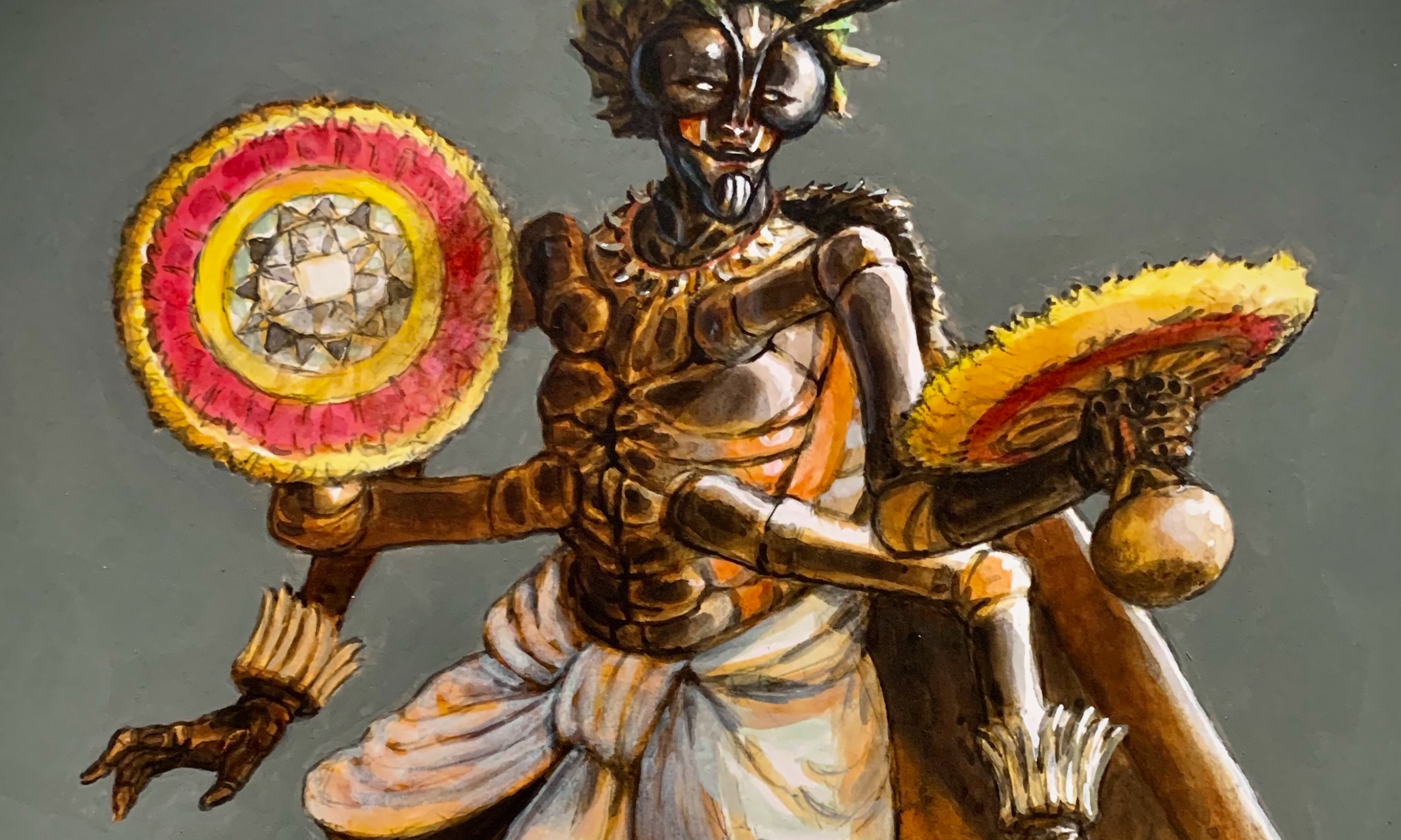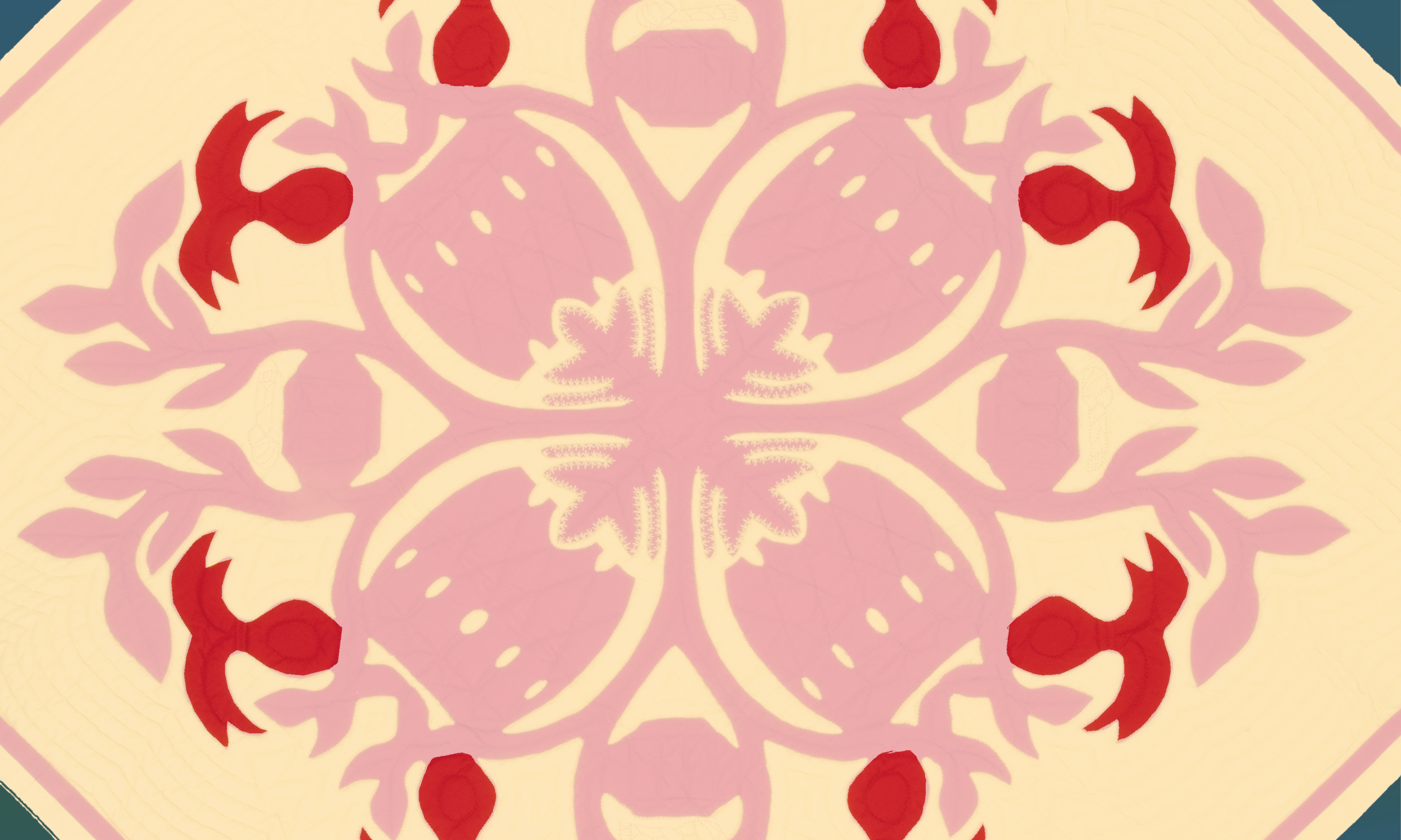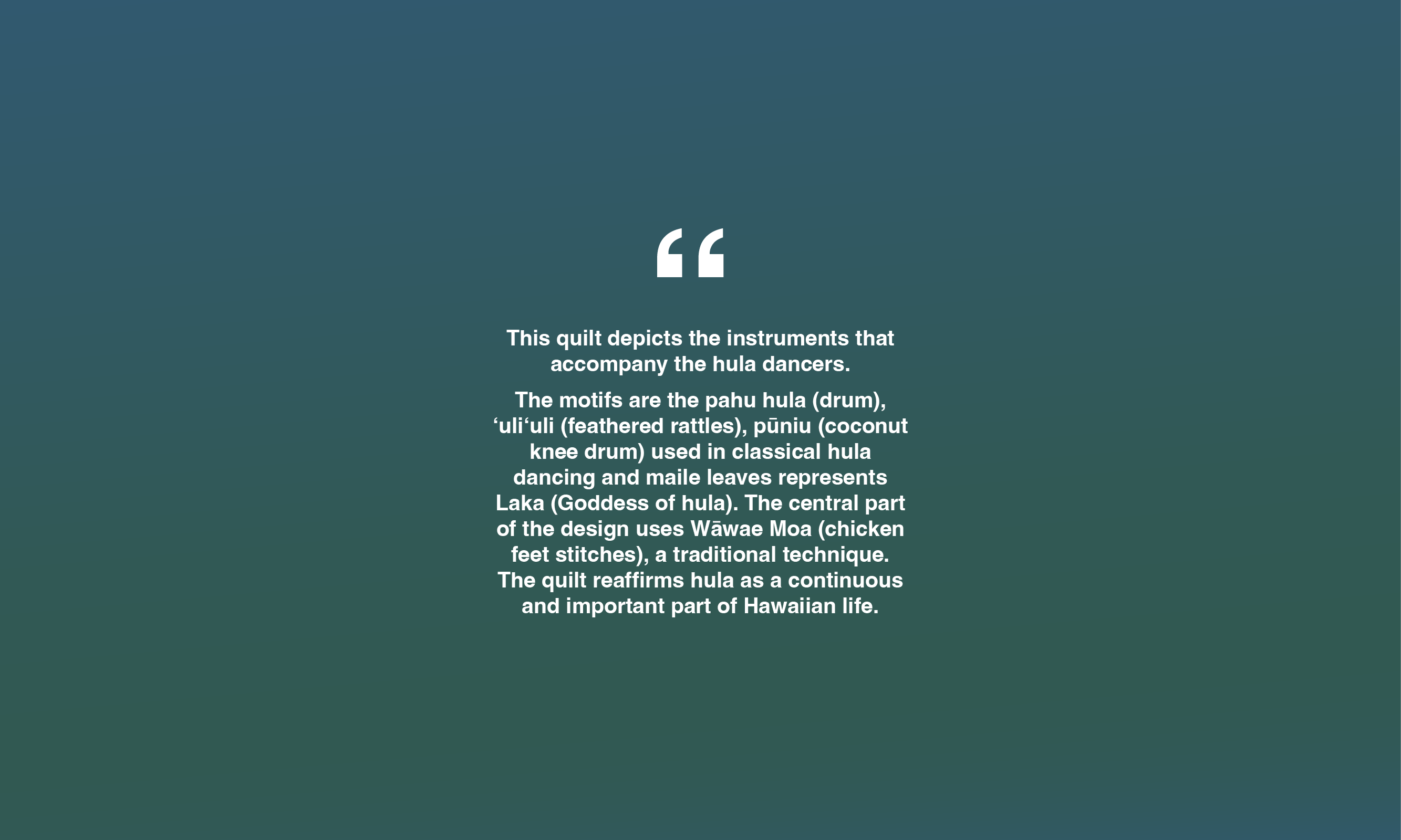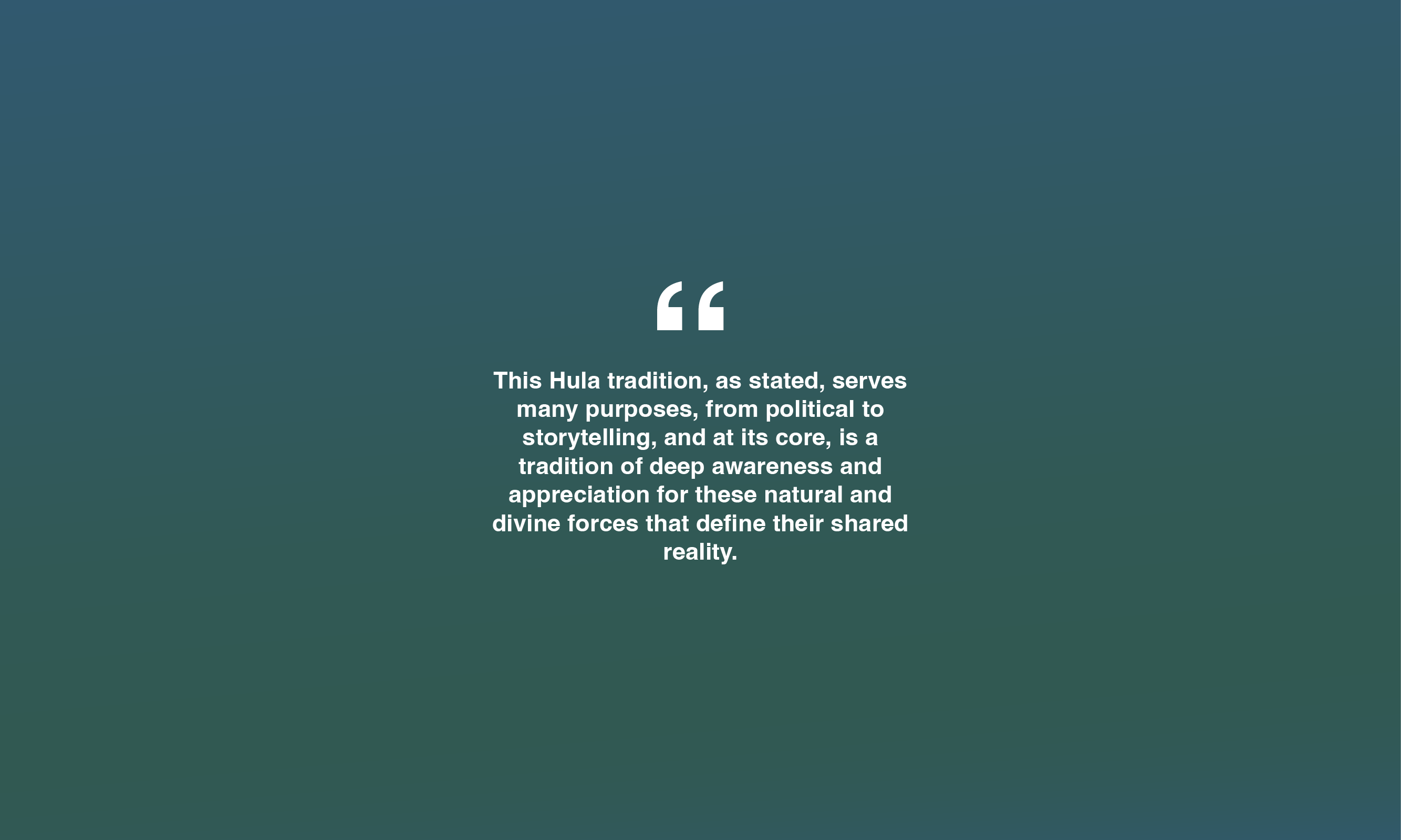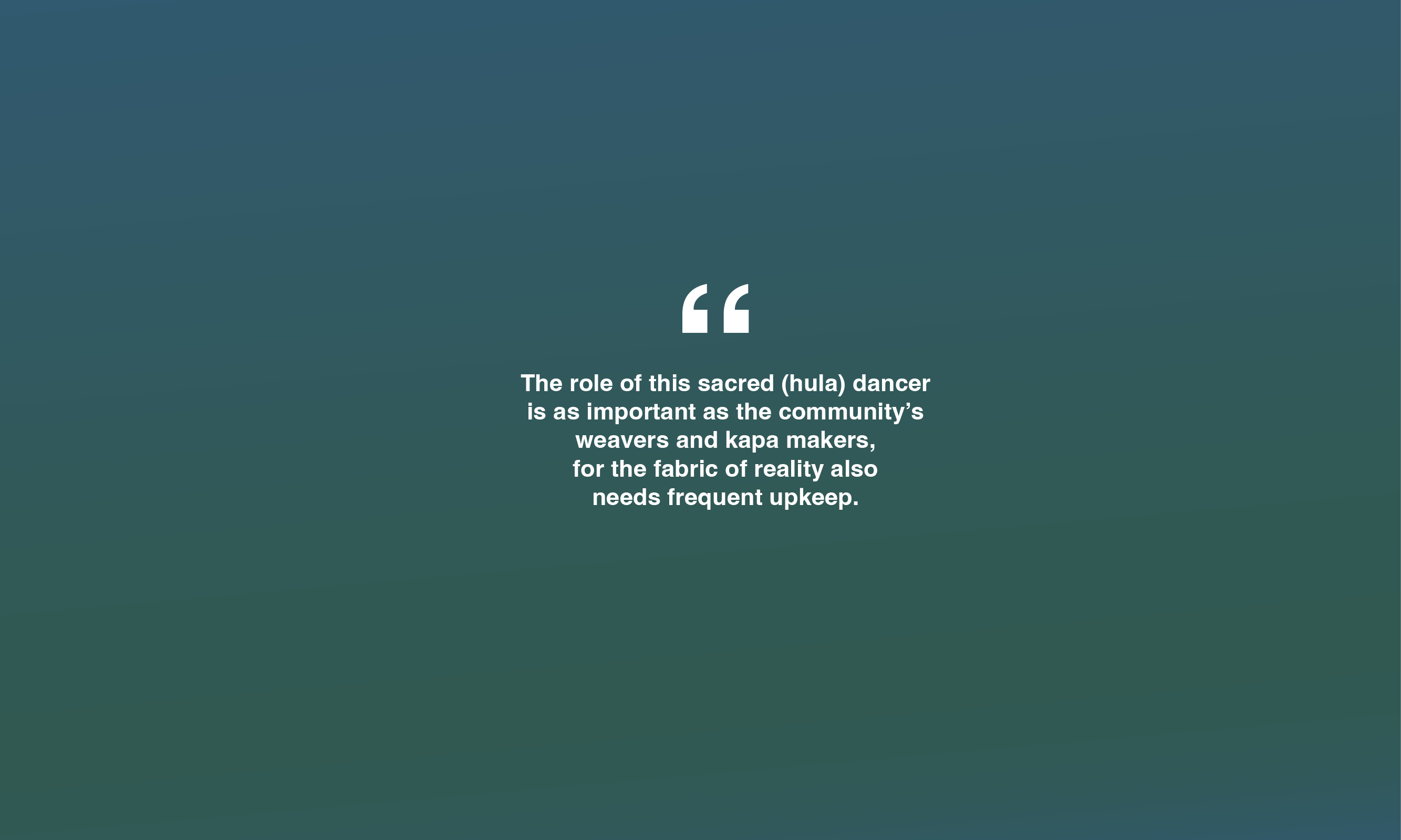Hula and ‘Āina (land)
E nihi ka helena i ka uka… mai pūlale i ka ‘ike a ka maka.
Go quietly and carefully in the uplands do not let anything you see excite you.
Go carefully and be mindful.
This ‘ōlelo no‘eau (proverb) is employed by cultural practitioners when gathering native flora associated with hula for leis, adornments and offerings for hula altars. The saying speaks to the practise of only gathering plants on the way out of the forest and not on the way into the forest. This allows practitioners to assess the available flora resources and take stock before deciding of how much to gather. In this way hula practices are an active part of Hawaiian forest management and conservation. This demonstrates another way in which hula is embedded in the ahupua'a.
Maile (Alyxia oliviformis) is a listed vulnerable endemic species of vine with glossy green leaves. The vines are made into open-ended lei to be worn on festive occasions and to decorate the kuahu (altar) in the hālau hula (hula school). Maile is associated with the goddess Laka who is the spirit of the hula.
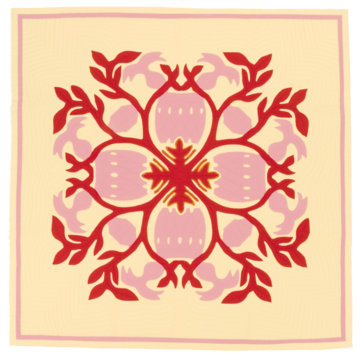
Highlighted maile leaves in the design of Na Mele o Hula Kahiko. Quilted by Yoshimi Suzuki. Designed by John Serrao co-founder of Poakalani.
Invasive alien plants and new fungal diseases such as Rapid ʻŌhiʻa Death (ROD) are threatening the endemic Hawaiian species and forests. Native plants such as maile, which are in high demand for hula and special occasions, are purposely planted in Hawaiian forests to help reduce the re-sprouting of invasive alien species by creating an understory layer. As new ecological issues arise that impact Hawaiian forests, so to hula gathering protocols changed to reflect the new reality.
Here are some more hula gathering protocols demonstrating the ecological care embedded in Indigenous Hawaiian knowledge:1
Only gather in your own ahupua’a
(This restricts the number of people able to gather in an area)
Gather only what you need and always leave for the next gatherer
(Allows for, and recognises, multi-use of common resources)
Don't take all you need from one plant
(Spreads pressure over multiple individuals)
Remove fronds from ferns by cutting the stem (stipe), do not pull from the ground.
Gather a few weeks after the rains and don't gather any fronds that are light green or have light green parts.
(Allows for regeneration through rhizomes which remain intact. Ensures gathering only when fronds are growing and prevents when subject to additional (drought) stress; restricts harvest only to mature fronds, which will not live much longer.)
Return used lei (garlands) to forest
(Allows for decomposition and re-absorption of harvested materials as a cyclical part of the ecosystem)
As hula reflects the environment in which it is practised, gathering protocols have been adapted to reflect current ecological issues impacting Hawaiian forests and native plant species. Invasive alien plants and new fungal diseases such as Rapid ʻŌhiʻa Death (ROD) are threatening the endemic Hawaiian species and forests. New protocols include the following:
Weeding invasive alien plants as part of the gathering process.
(Help stop the spread of invasive alien species and promote the growth of native species.)
No longer return leis to the forest, but return them to garden.
(Helps prevent the introduction and spread of alien and invasive organisms to isolated upland forests.)
[1 ] TICKTIN, TAMARA, et al. “Traditional Gathering of Native Hula Plants in Alien-Invaded Hawaiian Forests: Adaptive Practices, Impacts on Alien Invasive Species and Conservation Implications.” Environmental Conservation, vol. 33, no. 3, 2006, pp. 185–94. JSTOR.
